|
The Spring foraging season is in full swing and that can only mean one thing: ramps are here! I have also been foraging nettles, wintercress, Virginia water leaf, wild mint, violets, and dandelion greens, but ramps hold a special place in my kitchen and my heart. This wild onion, that tastes like a strong onion-garlic hybrid and looks like a big-leafed scallion, is available for foraging for just a short period of time in the Spring. Ramp season, then, is a celebration of this season and creates an opportunity for flavors that can only happen during this time of year. If you are unsure about plant identification, where to find ramps, or how to ethically harvest them, start by reading this to learn more before you forage. In addition to finding ramps in the wild, some stores, such as health-food stores, are carrying fresh ramps in the produce section. If you are in the city or aren't ready to forage on your own, this may be an option instead. For either of the recipes, feel free to sub in a few cloves of garlic for the ramps if you just can't seem to find any. Each season, we (ethically) harvest a few bunches to use in various dishes, such as pesto, chimichurri, kraut, kim chi, frittatas, and just about anything that lends itself to a pop of allium-scented goodness. They are also delicious mixed into hummus, salad dressings, and even mayo for a perfect dipping sauce or sandwich spread. This year, I experimented with two new sauces where I could incorporate ramps: Zhoug and Mint Chutney. Zhoug is a Middle Eastern green sauce, sort of their version of a chimichurri, that is made with lots of fresh herbs and aromatic spices. My recipe was inspired by the recipe for Zhoug found in Jerusalem: A Cookbook, from Yotam Ottlenghi and Sami Tamimi--this is one of my favorite cookbooks that I own and cannot recommend it enough! Zhoug is chunky and spicy, making it the perfect condiment for falafel, pita, yogurt, lamb meatballs, or some glorious combination of all of the above. I'm digging zhoug with eggs, yogurt, and sourdough pita for breakfast, personally. Mint Chutney is an Indian condiment that you may be familiar with from Indian restaurants, where it is typically served with samosas, naan, and a variety of other dishes that need cooling flavors to balance out their warm, spicy flavors. I love that I can also use my wild-foraged mint and homemade yogurt in this chutney as well! At home, you could serve it with any Indian-themed dish or meal, and I am certain it would jazz up frozen samosas if you aren't wanting to deep-fry your own at home. Both of these sauces come together in a snap and can be kept in the fridge for 2 weeks or, if you prefer to make a larger batch, can be frozen for longer-term storage. If you don't typically cook Middle Eastern or Indian food, don't let that stop you from trying these sauces. Hopefully, this will inspire you to start cooking some dishes for these cuisines, but if not, they also can compliment just about any food you might already be making. Next time you have a plain dish, such as eggs, rice, or potatoes, toss either you ramp-y zhoug or mint chutney on top and you have just created something flavorful and totally different. Happy foraging! Zhoug with Ramps (Middle Eastern Herby Green Sauce) Makes 1 cup Modified from Jerusalem: A Cookbook 2 cups fresh cilantro, chopped--tender stems included 1 cup fresh parsley, chopped--tender stems included 4 ramps, chopped (or sub 2-4 cloves minced garlic) 2-4 fresh green chiles--can sub dried chiles that have been soaked in hot water to soften (vary chile type and amount based on your heat preference) 2 tsp lemon juice 1/2 tsp ground cumin 1/2 tsp ground cardamom 1/4 tsp ground cloves 1/2 tsp sea salt Big pinch freshly-ground black pepper 1 tsp honey 2-4 Tbs 1/4-1/2 cup olive oil Combine ingredients in a food processor or blender. Pulse several times to break up the large chunks and blend until relatively uniform, while leaving it with plenty of texture. It should not be smooth and runny, but thick and chunky. If you have trouble blending it, add more olive oil until it purees easily. Taste for seasoning and adjust as needed. Transfer to a glass storage container and refrigerate until ready to use. This will keep for about 2 weeks in the fridge or several months in the freezer. Indian Mint Chutney with Ramps
Makes about 2 cups 2 tsp cumin seeds 1 tsp coriander seeds 2 cardamom pods, crushed 1 cup fresh mint leaves 1 cup fresh cilantro, chopped--tender stems included 4-6 ramps, chopped--if you don't have ramps, sub 2 cloves garlic and 1/4 cup chopped onion 2 tsp chopped hot pepper (use more or less depending on your heat preference) 2" fresh ginger, minced or grated 1/2 cup plain yogurt 1/4 cup lemon or lime juice 2 Tbs olive oil 2 tsp honey 1 Tbs tamarind paste--if you cannot find this, add an extra tsp each of lemon juice and honey 1 tsp sea salt Fresh black pepper 2-4 Tbs water In a small, dry skillet over medium heat, place the cumin, coriander and cardamom pods. Toast for several minutes, until the seeds become fragrant and just begin to brown. Remove from the pan and transfer to a spice grinder or mortal and pestle, removing the cardamom pod and only leaving its seeds behind. Grind the spices and set aside. In a blender or food processor bowl, add the mint, cilantro, ramps, hot pepper, ginger, yogurt, lemon juice, olive oil, honey, tamarind, salt, pepper, water and toasted spices. Pulse several times to break up larger pieces, then switch to puree. Blend until very smooth and uniform, adding a few more tablespoons of water or olive oil if the mixture needs to be thinned for smoother blending. Taste for seasoning and adjust as needed. Transfer to a glass storage container and refrigerate until ready to use. This will keep for about 2 weeks in the fridge or several months in the freezer. For dairy-free folks, you can sub shredded coconut for the yogurt here. Before starting your chutney, soak 1/4 cup finely shredded, unsweetened coconut in enough water to cover it, for about 30-60 minutes. Once ready to make your chutney, drain the coconut and add it to the chutney instead of the yogurt, yielding a creamy, rich consistency without the dairy. You may need to up the lemon juice for more acidity, so adjust the amount as needed.
0 Comments
Leave a Reply. |
Brine & Broth
I am a gut health-focused nutritionist and online health coach based in Southwest Wisconsin. My recipes and philosophies center around traditional, nutrient-dense foods that support robust gut health. Archives
May 2022
Categories |
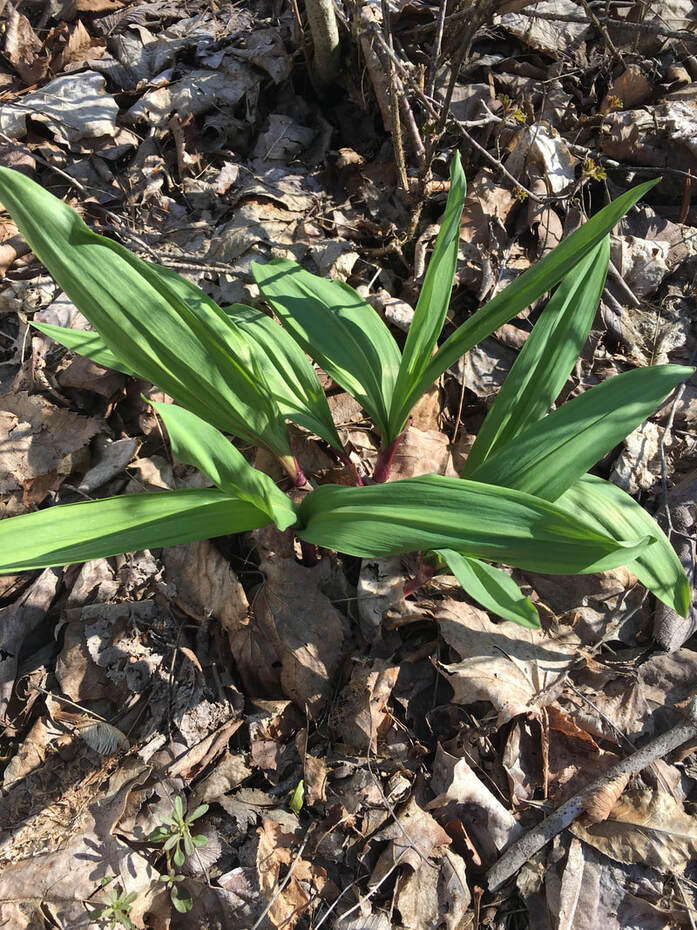
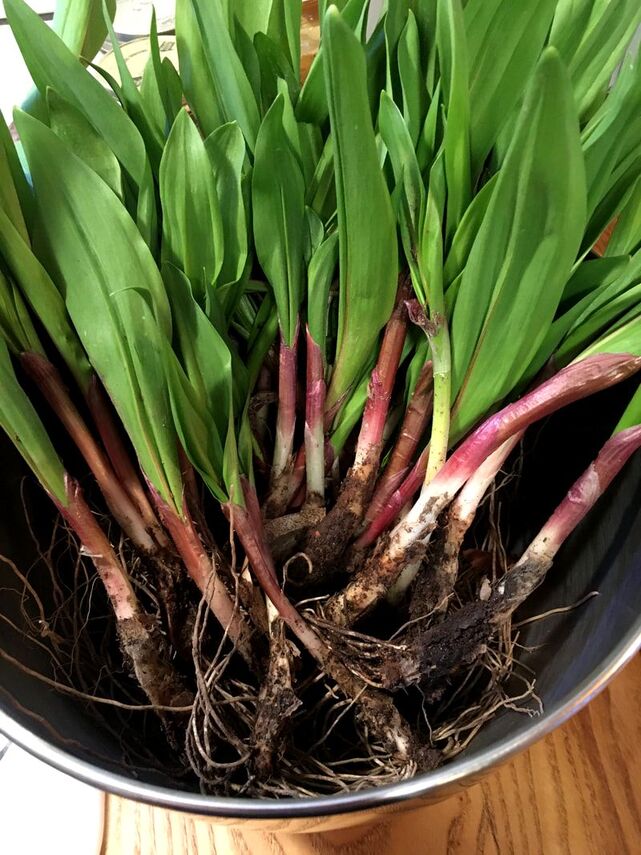
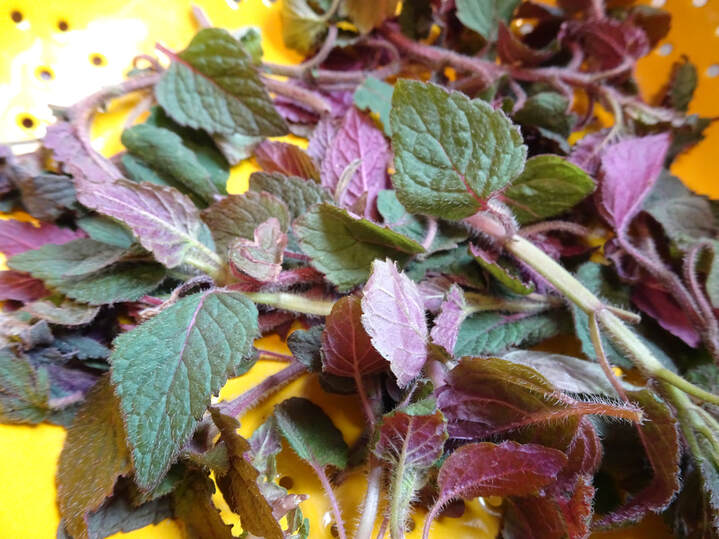
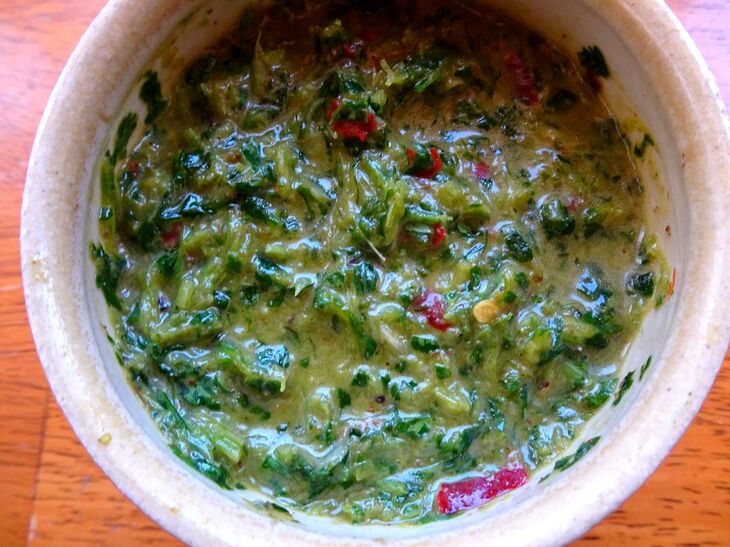
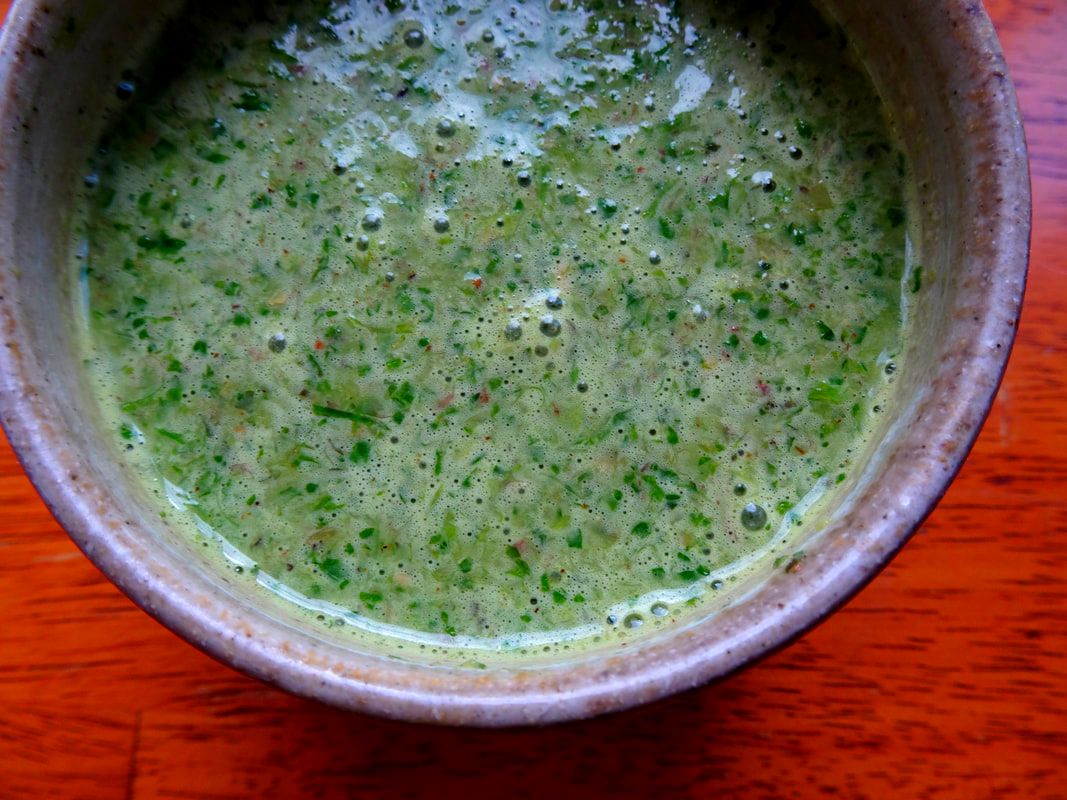

 RSS Feed
RSS Feed
